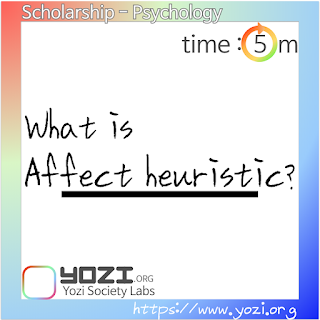- 목차
Definition of affect heuristic
Affect heuristic is a cognitive bias in which judgments and choices are made based on emotions. Affect heuristic is similar to choosing to avoid loss, as it is the bias that arises from loss aversion.
It is also called emotional heuristic because it makes emotional judgments.
Features of affect heuristic
- Affect heuristic causes emotional thinking to take precedence over rational thinking.
- Affect heuristic can also be caused by the atmosphere or use of words.
- Affect heuristic makes you more likely to agree with your likes and less likely to agree with your dislikes.
- Affect heuristic causes emotions or feelings to be more important than objective information or facts.
Examples of affect hueristic
Affect heuristic is a bias that occurs in all real life. Affect heuristic arises from what you like and what you don't like.
As in the example above, You prefer the unsubstantiated claims of the person you like to the logical claims of the person you don't like. In the above example, affect heuristic came into play, and emotional judgment took precedence over rational thinking. In this case, it is not a logical vs. non-logical choice, but a choice between a person you like or not.
Three-line summary of affect hueristic
- Affect heuristic is a cognitive bias in which judgments are made according to emotions in order to avoid loss.
- Affect heuristic causes emotional judgment to take precedence over rational judgment.
- Affect heuristic can also be caused by words or moods.



